I created a multiline chart which tracks the CPU consumption of a machine week after week:

But I want to include year in the x axis legend, like in this image:

When I try to change index values (47, 48..., 51) by string values, I have a blank graph. Is it possible to show string label values in x axis for multiline chart?
This is my code:
import pandas as pd
from bokeh.plotting import figure, show, output_file
from bokeh.models import ColumnDataSource
output_file('temp.html')
data = pd.read_csv("data.csv")
data.index = ['2021-51', '2021-52', '2022-1', '2022-2', '2022-2']
cpu_values_daily = data.values.T.tolist()
weeks = []
for i in range(0,len(data.columns)):
weeks.append(data.index)
df = {'semaine': weeks,
'jour': ['Lundi', 'Mardi', 'Mercredi', 'Jeudi', 'Vendredi', 'Samedi', 'Dimanche'],
'color': ['red', 'orange', 'yellow', 'green', 'grey', 'pink', 'purple'],
'HCPU': cpu_values_daily}
source = ColumnDataSource(df)
p = figure(width=800, height=500)
p.multi_line(xs='semaine', ys='HCPU', legend='jour', color='color',
line_width=5, line_alpha=0.6, hover_line_alpha=1.0,
muted_color='color', muted_alpha=0.2,
source=source)
p.xaxis.visible = False
p.left[0].formatter.use_scientific = False
show(p)
And my file "data.csv":
startdate_dayweek;1;2;3;4;5;6;7
47;150290;345005;343329;351631;368029;322604;615009
48;249414;381473;385862;376488;367117;342397;494052
49;236236;395367;499916;392677;372029;377518;518521
50;223065;347776;434387;372996;378691;385578;645206
51;190055;358690;354985;413861;414002;470053;525458
